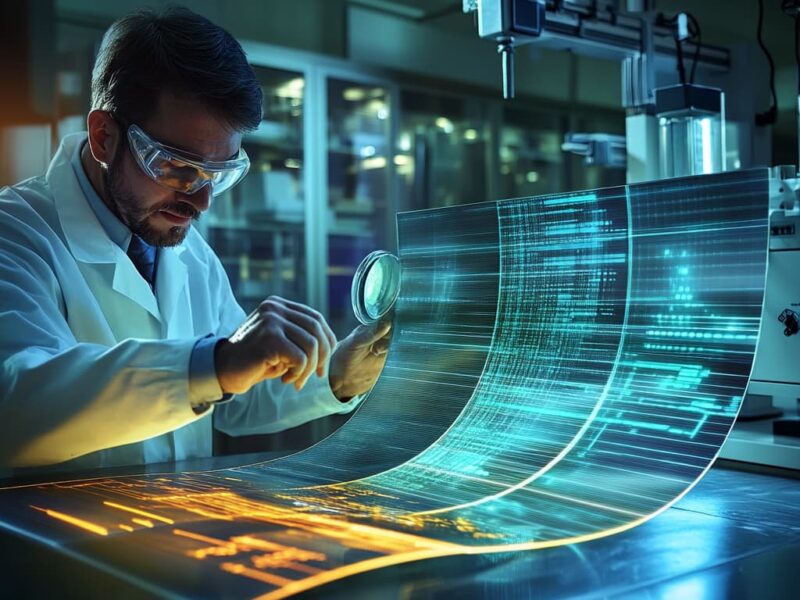On this page, we will talk about such topics as: Computer characteristics, Computer performance, Computer size and everything connected with it.
Computer performance.
Computer performance is the execution of some arbitrary set of commands per unit of time. But it makes sense when comparing several processors of the same family, since the instruction sets of different types of processors can be very different from each other. Computer performance is measured in IIPS, and MPLOPS.
MIPS (Millions Instruction Per Second) – Millions of operations per second …
MFLOPS (Millions of floating point operation per second) – For numbers represented with floating point …
Computer performance is a generalized characteristic, and most often, instead of it, the clock frequency is indicated, which characterizes the speed.
Bit capacity of the computer.
The bit depth of a computer is the maximum number of bits of a double code, numbers on which a machine operation can be performed simultaneously, including data transfer. The bit depth of the computer directly affects performance. The bit width of the microprocessor is determined by the bit width of their registers (processor memory cell). The width of the interface bus is determined by the width of the data bus.
Types of system and local interfaces.
Different interface buses provide different data transfer rates and allow switching on a different number of devices. PCI and PCI Express bus types can be found in ATX and BTX form factors motherboards.
The capacity of the RAM.
Today, some people think that increasing the capacity of the RAM by 2 times, thereby increasing the performance of the computer 2 times – this opinion is erroneous. In fact, increasing the capacity of the RAM by 2 times increases the effective performance of the computer by 1.4 times.
Availability, types and capacity of cache memory.
CACHE is a buffer, user-inaccessible memory, super-fast memory that is automatically used by a computer to speed up operations with information stored in slower storage devices.
Cache memory levels:
- Processor register cache memory – First level.
- CACHE on the motherboard – Second level.
To increase the performance with external memory, they organize a cache on electronic memory cells …
The characteristics of the computer also include:
- Type of magnetic disk drives.
- Monitor and video adapter type
- Availability and type of optical disc drives.
- Availability and type of printer.
- Availability and type of modem
- The presence and types of multimedia devices.
- Available software and type of operating system.
- Hardware and software compatibility with other personal computers.
- The ability of a computer to work on a network.
- Ability to work in multitasking mode
- Reliability, dimensions, weight and cost.
This concludes this article, I hope you have completely figured out the topics: Computer characteristics, Computer performance and Computer size.


